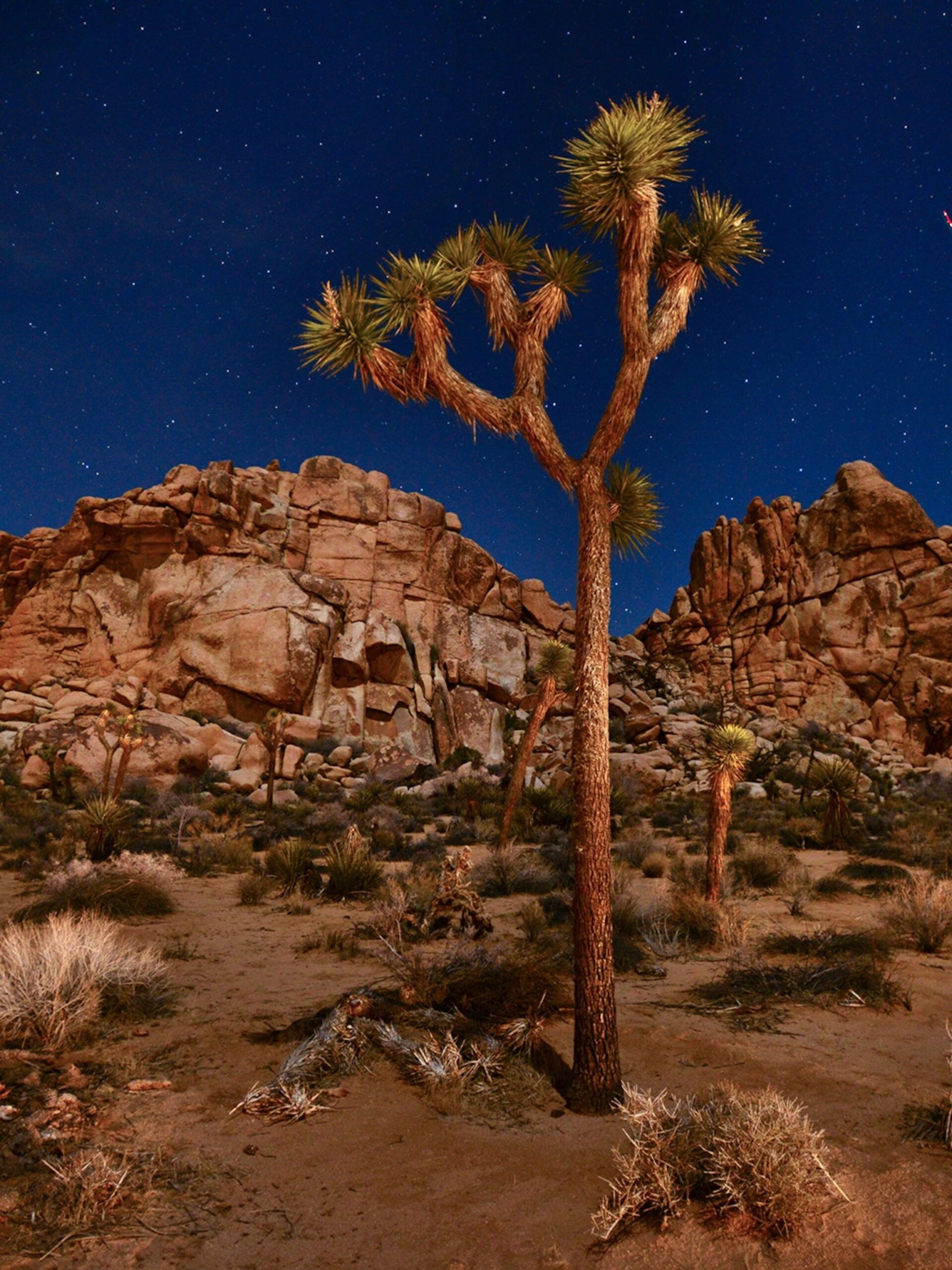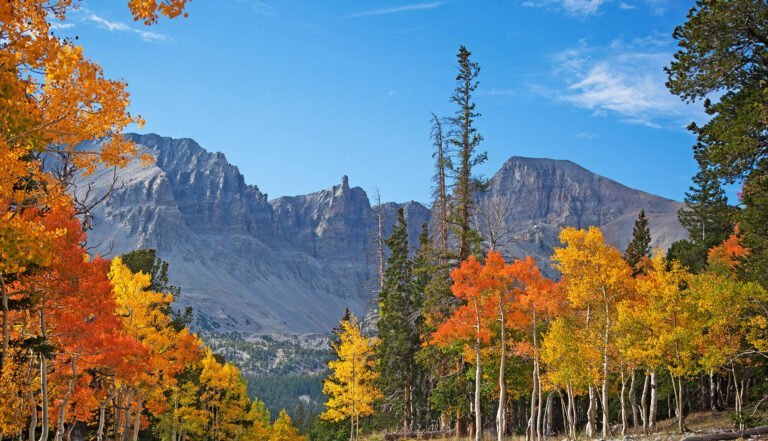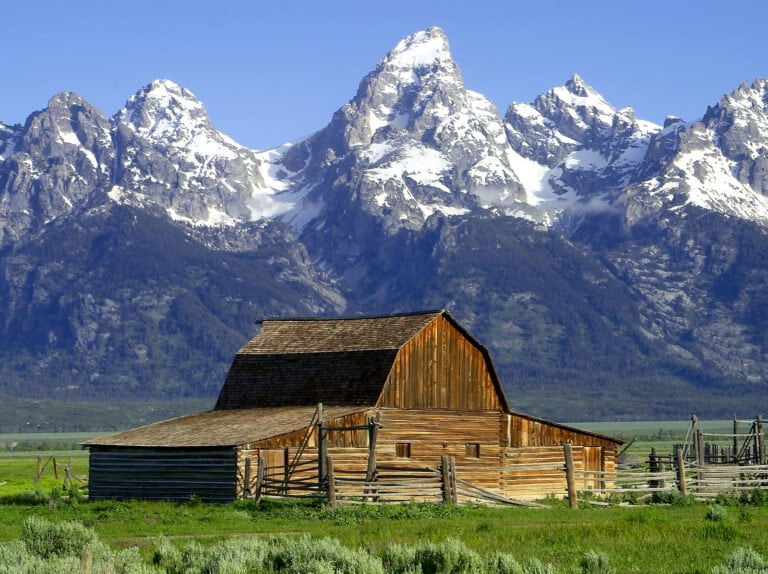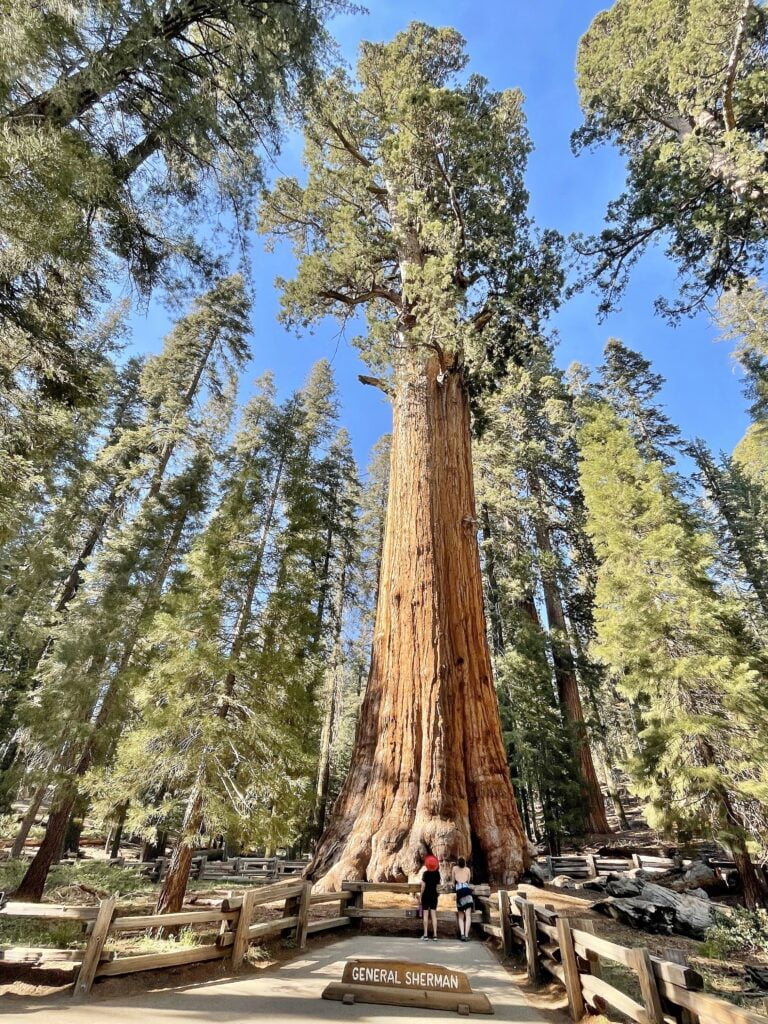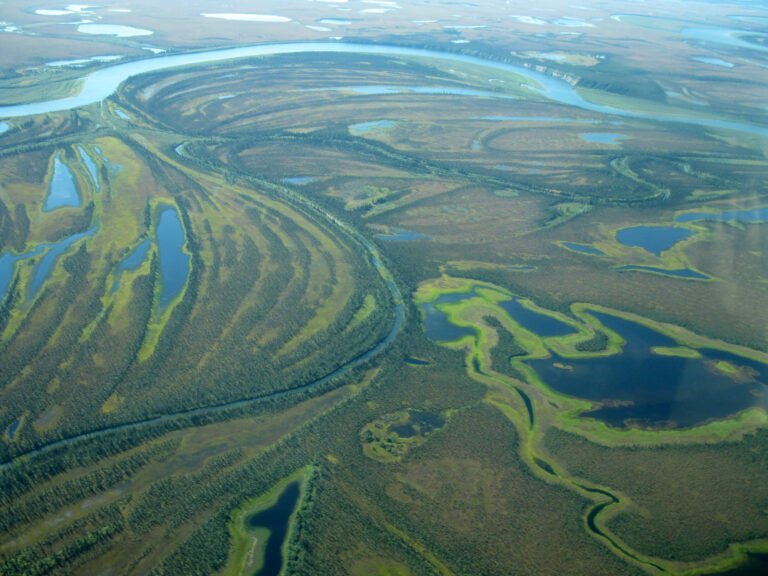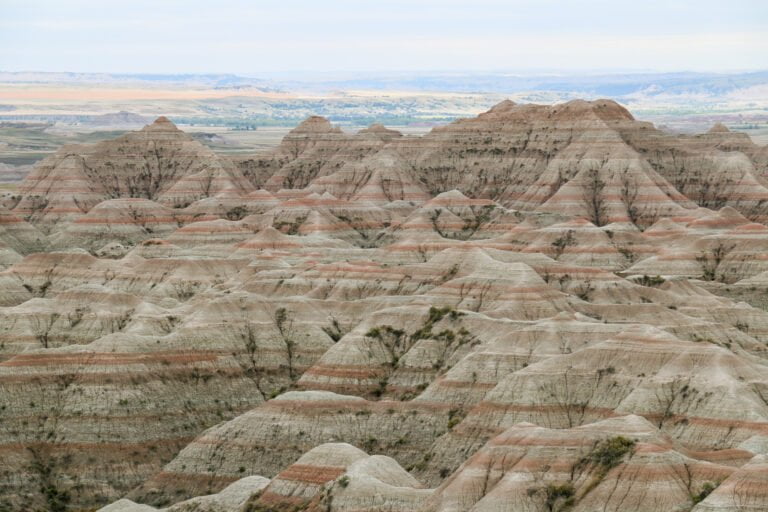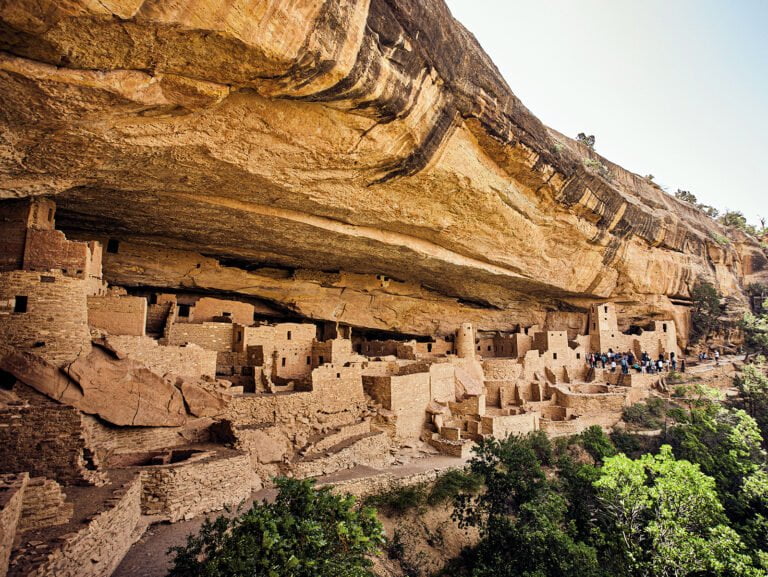Joshua Tree National Park
Joshua Tree National Park, established in 1994, is a unique and breathtaking destination that attracts around 3.06 million visitors annually. Spanning an impressive 795,200 acres, this park is a treasure trove of natural wonders and recreational opportunities. In this article, we delve into the park’s regulations concerning firearms, and hunting, and share additional intriguing information that will enhance your visit to this Mojave Desert gem.
Navigating Firearm Regulations
Since January 1, 2013, California has prohibited the open carry of handguns in its parks, including Joshua Tree National Park. If you intend to possess a concealed firearm within the park’s boundaries, you must hold a valid California Concealed Carry weapons permit (CCW). It’s important to note that permits from other states will not be accepted.
Firearm safety is paramount within the park. Any firearm or air weapon must be unloaded and securely stored in a case or another inaccessible location. The regulations extend to archery equipment as well; bows, crossbows, and similar devices that discharge projectiles into the air are prohibited.
Hunting Policy: A No-Hunting Zone
Joshua Tree National Park maintains a strict no-hunting policy. Shooting within the park’s boundaries is strictly prohibited. The introduction of concealed carry regulations was primarily aimed at facilitating firearm transport rather than promoting hunting activities within the park.
Unveiling Joshua Tree’s Diversity
While Joshua Tree National Park draws its name from the iconic Yucca brevifolia, the Mojave Desert’s emblem, the park is a veritable wonderland of diverse attractions. Hikers, bikers, and horseback riders can explore numerous trails offering spectacular views and unique experiences. The rugged terrain of the park also makes it a mecca for rock climbers.
Spring brings forth a vibrant display of wildflowers and Gun regulations, transforming the landscape into a breathtaking tapestry of colors. Moreover, the park’s clear desert night skies make it an ideal location for stargazing enthusiasts to revel in the celestial wonders above.
Embracing Contrasts: Two Desert Systems
Joshua Tree National Park straddles two distinct desert ecosystems: the Mojave and Sonoran Deserts. As the park descends into the Coachella Valley near Palm Springs, these two deserts create a dichotomy of dry habitats. The key factor influencing these differences is elevation.
The Colorado Desert, an extension of the massive Sonoran Desert, thrives below 3,000 feet on the park’s eastern border. Contrasting the higher, wetter, and more vegetated Mojave “high desert,” the Colorado Desert appears stark and austere. It spans the park’s midsection, featuring creosote-covered basins, ocotillo, cholla cactus “gardens,” and arid stretches in the Eagle and Coxcomb Mountains.
Optimal Timing for a Visit
To make the most of your trip to Joshua Tree National Park, plan your visit between the months of March and April, as well as from October to November. During these periods, the weather is moderate, and the park’s attractions are at their most captivating.
Visitor Information and Fees
For a nominal fee, visitors can access the wonders of Joshua Tree National Park. The fees are as follows:
- $15.00 per person for up to 7 days.
- $30.00 per vehicle for up to 7 days.
- $25.00 per motorcycle for up to 7 days.
- $55 for a Joshua Tree National Park Annual Pass.
Explore More National Parks with the America The Beautiful Annual Park Pass
For those interested in exploring multiple national parks within the United States, the America The Beautiful Annual Park Pass offers incredible value. Priced at $80, this pass grants access to all U.S. National Parks for you and your companions. The pass also extends discounts to seniors, military personnel, and other eligible groups.
Visitor Centers to Enhance Your Experience
To make the most of your visit, consider stopping by the visitor centers within Joshua Tree National Park:
Joshua Tree Visitor Center
- Address: 6554 Park Blvd, Joshua Tree, CA 92252
- Phone Number: 760-367-5500
- Hours of Operation: Daily 7:30 AM–5:00 PM
Cottonwood Visitor Center
- Address: Pinto Basin Rd, Twentynine Palms, CA 92277
Be sure to check for any seasonal closures before your visit.
Conclusion
Joshua Tree National Park stands as a testament to the desert’s captivating beauty and the importance of preserving fragile ecosystems. Whether you’re captivated by the intricate desert flora, mesmerized by the rock formations, or eager to witness the brilliant night skies, the park offers a truly unforgettable experience. Plan your visit, adhere to the firearm regulations, and immerse yourself in the wonders of this Mojave Desert masterpiece.
FAQs;
Q1. Can I openly carry a handgun in Joshua Tree National Park?
No, since January 1, 2013, openly carrying handguns in California parks, including Joshua Tree, is illegal.
Q2. What type of permit is required for concealed carry of firearms within the park?
A valid California concealed carry weapons permit (CCW) is necessary for concealed firearm possession.
Q3. Are hunting activities allowed in Joshua Tree National Park?
No, the park has a strict no-hunting policy, and shooting is prohibited within its boundaries.
Q4.What desert is Joshua Tree National Park in?
Joshua Tree National Park is located in the Mojave and Colorado deserts.
Q5. What is the best month to visit Joshua Tree?
The best months to visit Joshua Tree National Park are March, April, October, and November when temperatures are milder.
Q6. What is the best time to visit the park?
The best times to visit are between March to April and October to November for optimal weather and attraction experiences.
Q7. What is the America The Beautiful Annual Park Pass?
The pass grants access to all U.S. National Parks for $80, offering great value for exploring multiple parks._
